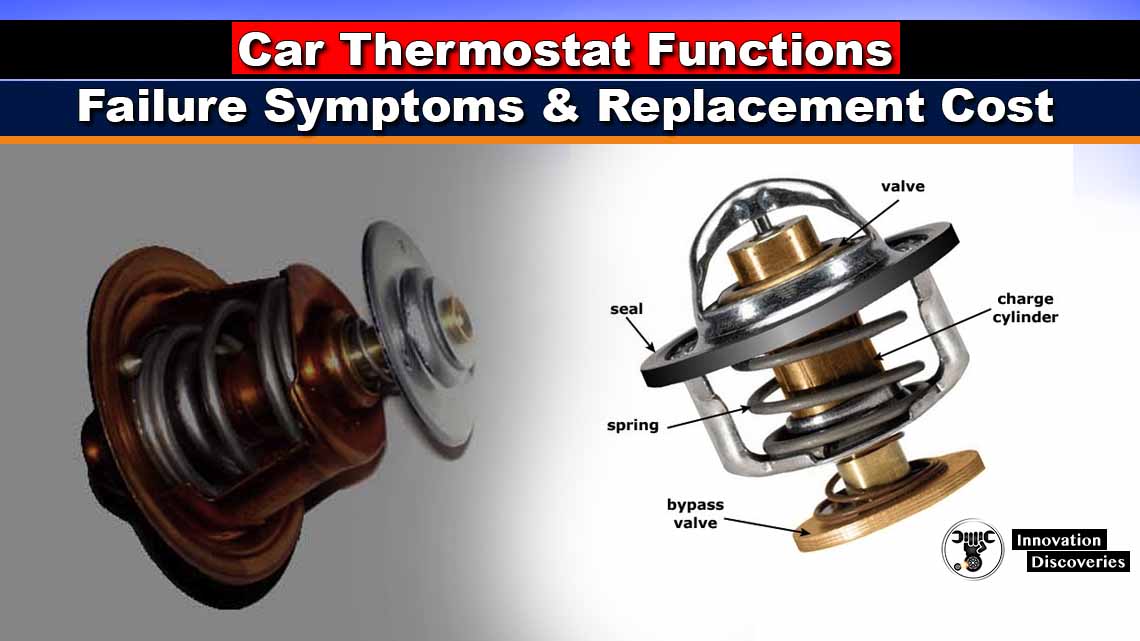
Introduction:
Your vehicle’s cooling system is a complex network designed to maintain the engine at the optimal operating temperature.
At the heart of this system lies a small but crucial component known as the car thermostat. This unassuming device plays a vital role in regulating the engine temperature and ensuring smooth vehicle operation.
In this article, we will explore the basic functions of a car thermostat, the top five failure symptoms to look out for, and the potential cost of its replacement.
Basic Functions
The car thermostat is a mechanical valve located between the engine and the radiator. Its primary function is to control the flow of coolant, directing it either through the radiator or around the engine, depending on the engine’s temperature. Here’s how it works:
1. Regulating Engine Temperature:
The thermostat acts as a gatekeeper, opening and closing in response to changes in engine temperature. When the engine is cold, the thermostat remains closed, preventing coolant from circulating and allowing the engine to warm up quickly.
2. Facilitating Quick Engine Warm-up:
A warm engine operates more efficiently and experiences less wear. By remaining closed during startup, the thermostat helps the engine reach its optimal operating temperature faster, reducing unnecessary strain.
3. Preventing Overcooling:
In colder conditions, the thermostat may partially close to restrict coolant flow through the radiator. This prevents the engine from getting too cold, ensuring it maintains an efficient operating temperature.
Top 5 Failure Symptoms
Identifying a failing thermostat early on can save you from potential engine damage and costly repairs. Here are the top five symptoms that may indicate a problem with your car thermostat:
Also, read – WATER COOLING VS AIR COOLING
1. Temperature Change:
A common sign of a failing thermostat is erratic temperature fluctuations on your engine temperature gauge. You may notice the temperature rising rapidly and then suddenly dropping back to normal or remaining consistently high.
2. Coolant Leaking:
Leaking coolant is a telltale sign of a thermostat issue. Puddles of coolant beneath your vehicle or visible leaks around the thermostat housing are clear indicators that something is amiss.
3. Engine Overheating:
If the thermostat gets stuck in the closed position, it prevents coolant circulation, leading to engine overheating. This can cause significant damage to your engine if not addressed promptly.
4. Rumbling Noises:
A malfunctioning thermostat can cause gurgling or rumbling noises from the engine, especially during temperature fluctuations or when coolant flow is disrupted.
5. Heater Malfunctions:
As the thermostat also regulates the flow of coolant to the heater core, a faulty thermostat can lead to insufficient heat output from your car’s heating system.
See More : Draining and refilling a fully sealed cooling system
Replacement Cost:
If you suspect a failing thermostat or have confirmed its malfunction, timely replacement is essential to ensure your vehicle’s longevity and performance. The cost of replacing a car thermostat can vary based on several factors:
- Make and Model: Different car brands and models may have varying thermostat designs, which can affect the replacement cost.
- Location of Thermostat: The thermostat’s location in the engine can impact the labor required for replacement, influencing the overall cost.
- Labor Costs: Labor charges may vary depending on your geographical location and the mechanic’s expertise.
On average, the replacement cost for a car thermostat can range from $150 to $400, including parts and labor. To ensure a proper and efficient replacement, it is advisable to have a qualified mechanic perform the job.
Checking and topping up car antifreeze coolant
Conclusion:
The car thermostat may be a small component, but its role in maintaining the engine’s temperature is critical for your vehicle’s health. Being aware of the top failure symptoms can help you identify issues early and avoid potential engine damage.
If you encounter any of these symptoms, consult a professional mechanic to diagnose and address the problem promptly.
Remember, regular maintenance and timely repairs will keep your vehicle running smoothly and save you from costlier repairs down the road.
Read More:
- Detecting Head Gasket Issues And The Solution
- Change Car Oil Yourself In 4 Steps
- How does intercooler work?
- Timing Belt vs Timing Chain
Visit Forum
Visit Our Friendly Website


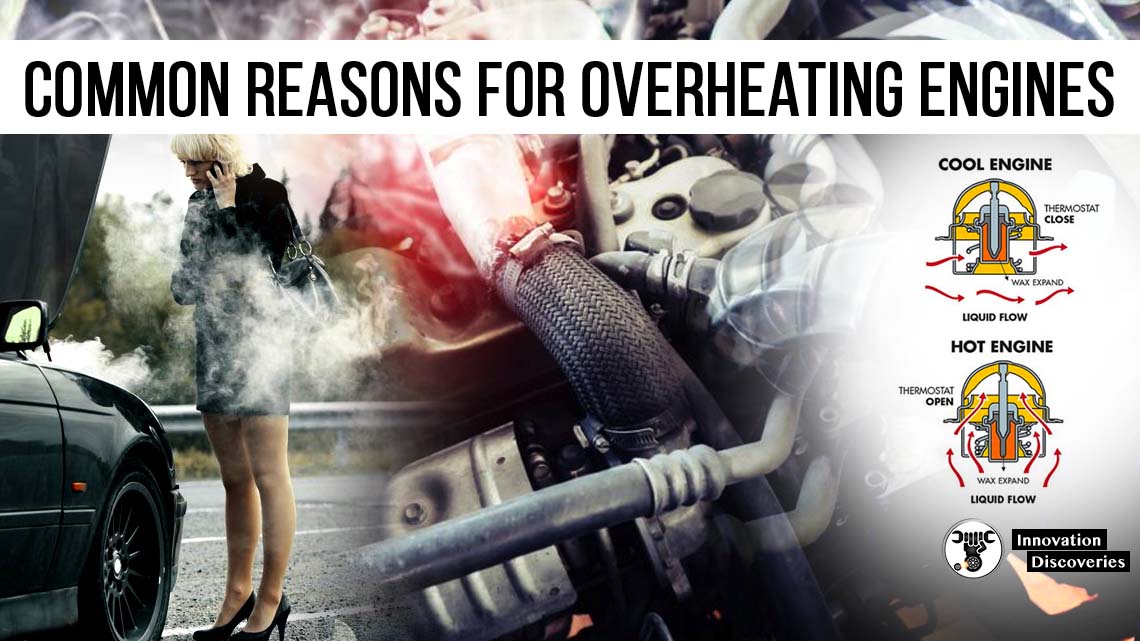
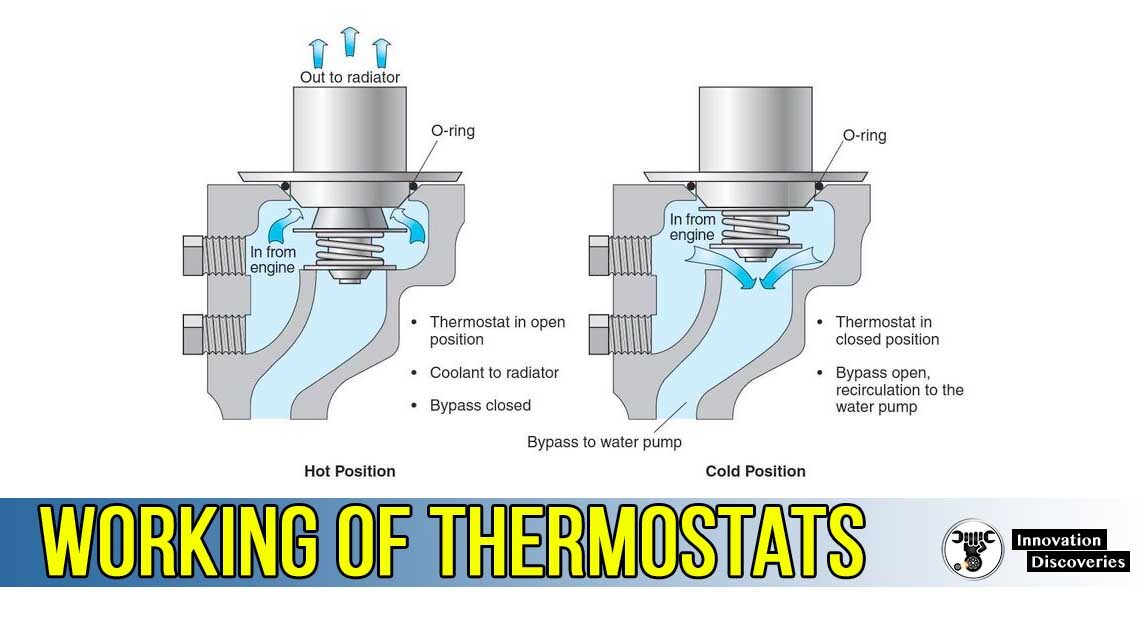
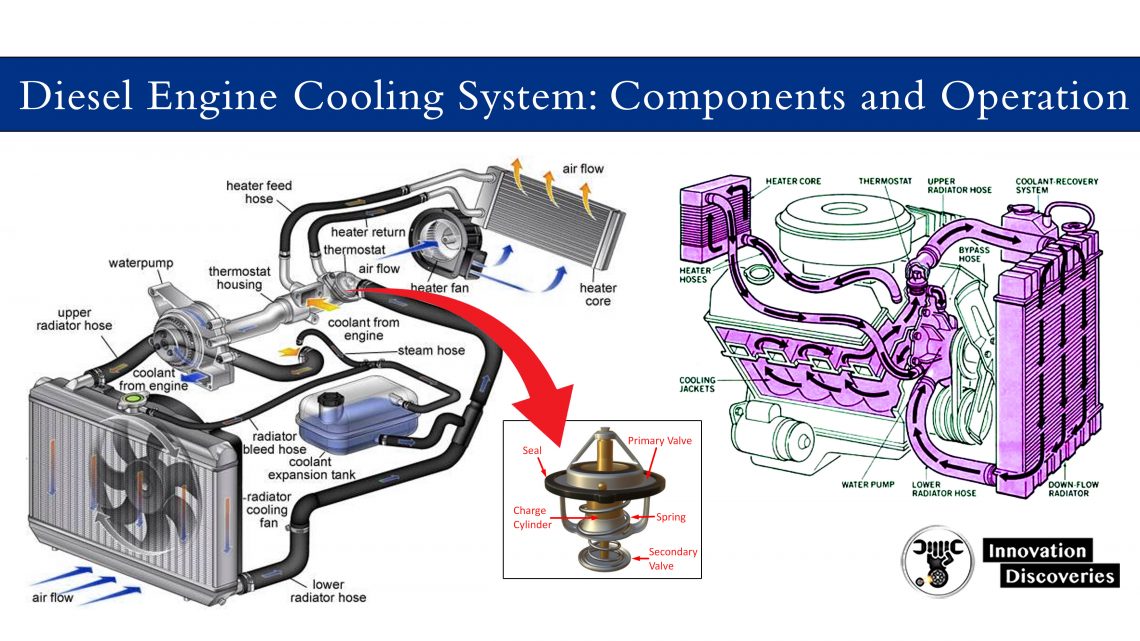
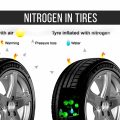
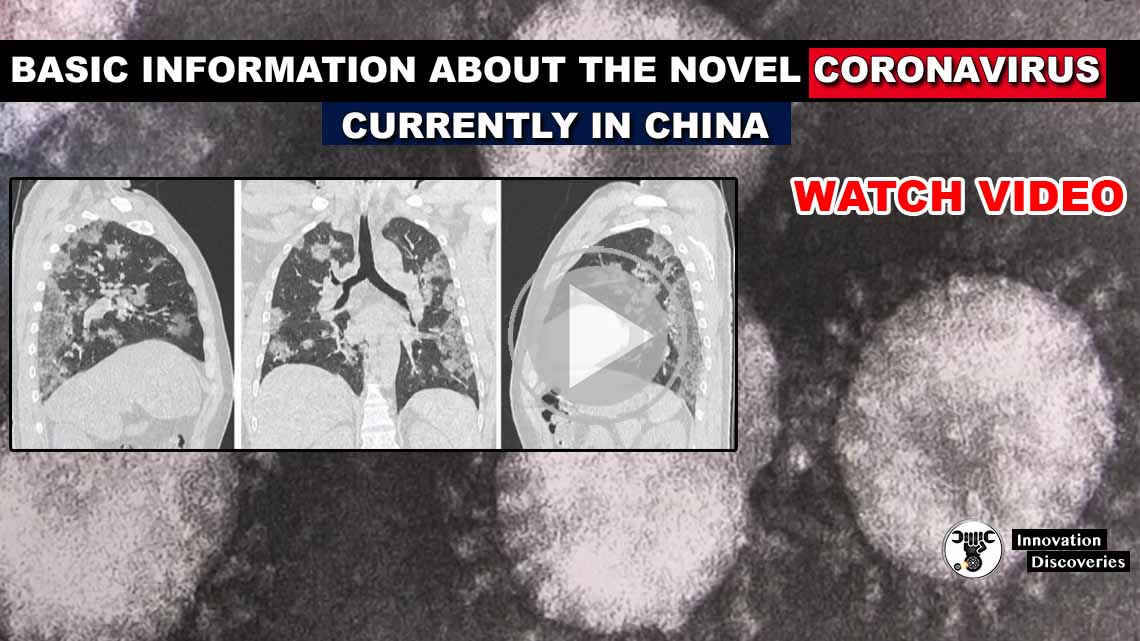


4 Comments